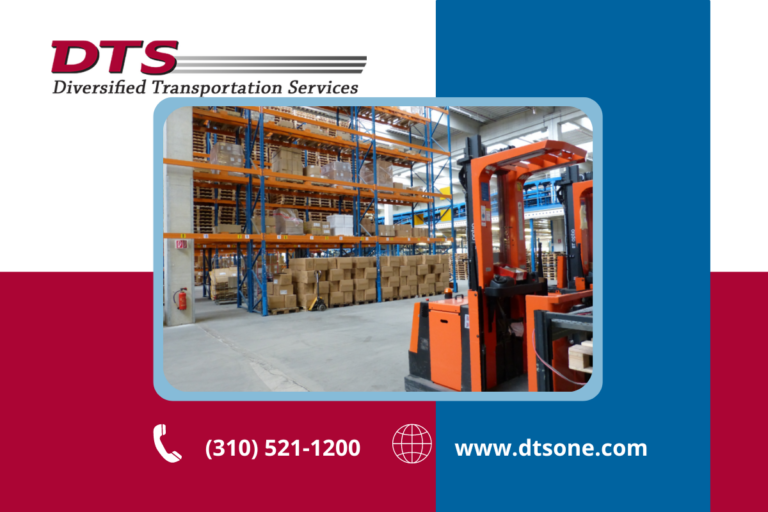
Before we dig too deep into actual freight class descriptions, I want to talk a bit about what freight class is in LTL freight shipping, why it’s important, and why you need more than just your freight class to ship properly.
Though I’m going to give you some generalized freight class descriptions in this post, I want to make something clear — it’s very, very easy to get extremely bogged down in the details of how freight class works.
Yes, you can figure this stuff out on your own, and yes, it’s only going to help you to know as much as possible about your freight, how it’s being shipped, and associated classes and codes, but the truth is, if you’re working with an experienced LTL freight company who specializes in your industry, they’re going to help you determine the NMFC codes for your products and the proper shipping class. But, if you’re determined to figure it out on your own, you need to be as informed as possible and as accurate as possible. You can always visit the NMFTA website and request help directly (you can email them or call them as well), though this may cost you a bit of money. However, if you classify your shipment incorrectly, it might cost you a lot more. If you put the wrong NMFC description, class, or item number, or even the wrong dimensions (or worse if you leave it off entirely), the LTL freight company who is managing your shipment may take the liberty of classifying your shipment for you. And probably not in a way that is going to benefit you financially.
There are 18 freight classes in LTL shipping. These freight classes are determined by a variety of factors, and your shipping costs are going to scale accordingly. This can seem very arbitrary, but it’s not — it’s more than just determining how much room your shipment is going to take up.
Here are the 4 major factors that help determine freight classes:
And, as the NMFTA’s website says, “These 4 characteristics establish a commodity’s ‘transportability.’” It’s a method of standardization, and this benefits us in a variety of ways. Sure, there are lots of arguments out there about problems with the current system, but you’re going to find that with any system — nothing’s perfect.
Being well-informed regarding the most common calculations most shippers are concerned about, particularly those related to the first item on the list — density — enhances your understanding and effectiveness. However, they all play a factor. For example, stowability doesn’t apply to the majority of shipments, but if you’re shipping hazardous materials, or if your shipment is very heavy or abnormally shaped, what you end up paying for your shipment is going to change. Handling and liability similarly are going to affect shipping prices — a shipment that is potentially explosive, for example, or an excessively fragile shipment, is going to change the liability that the carrier has to take on to ship the product (and change the way the carrier has to handle that particular shipment). You need to consider all this and more, and these factors will directly affect the classification of your freight. However, as mentioned above, density is likely to play the biggest role.
This table is a combination of information from the NMFTA. Just keep in mind that, as they say themselves,“...the value guidelines indicate the upper-value limits associated with the various classes.” If a less-than-truckload shipment your shipment has storability, handling, or liability issues outside the ‘norm,’ your classification is going to change.
Here’s the table of freight class descriptions that I’ve been promising you:
| Class | Minimum Average Density (Pounds Per Cubic Foot) | Maximum Average Value Per Pound |
| 50 | 50 | $1.25 |
| 55 | 35 | $2.50 |
| 60 | 30 | $3.80 |
| 65 | 22.5 | $6.30 |
| 70 | 15 | $9.50 |
| 77.5 | 13.5 | $12.65 |
| 85 | 12 | $19.00 |
| 92.5 | 10.5 | $25.30 |
| 100 | 9 | $31.65 |
| 110 | 8 | $34.80 |
| 125 | 7 | $39.55 |
| 150 | 6 | $47.50 |
| 175 | 5 | $55.45 |
| 200 | 4 | $63.35 |
| 250 | 3 | $79.15 |
| 300 | 2 | $95.00 |
| 400 | 1 | $126.65 |
| 500 | Less than 1 | $158.35 |
Our experience in shipping a wide variety of specialty goods makes us exceptionally positioned to help you figure out exactly how to classify your shipment. If you’re shipping a specialty product that’s going to need a little more than your average evaluation, we can help you ensure your shipment gets to its destination.
Whether you're a company looking to improve one facet of your supply chain, your entire supply chain, or simply looking for a transportation and logistics consultation, we can help.